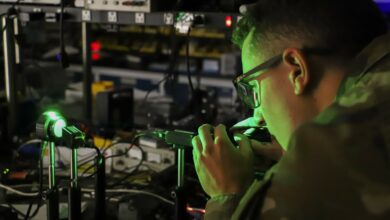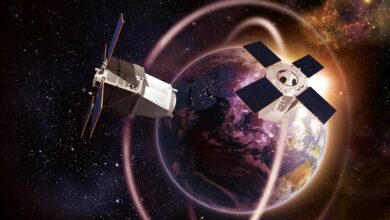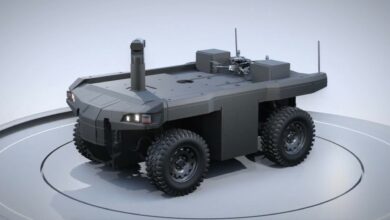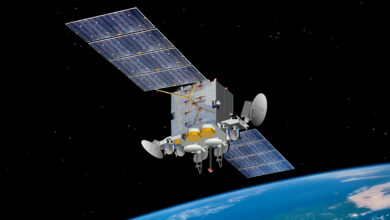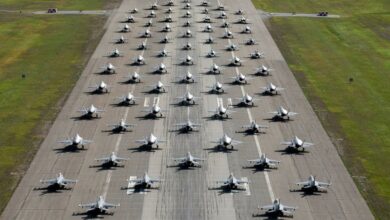US Space Force to Form Three Intelligence Squadrons
The US Space Force plans to form three new squadrons in the next two years to bolster its intelligence, surveillance, and reconnaissance (ISR) capabilities.
The announcement was made by Space Operations Command Lt. Gen. Stephen Whiting during an online discussion hosted by the Mitchell Institute for Aerospace Studies on Tuesday.
He revealed that the new squadrons would include a threat analysis squadron, a targeting squadron, and a PED (processing, exploitation, and dissemination) squadron.
“Think of missions like space domain awareness, electromagnetic warfare, missile warning, operational-level command and control, defensive cyber capabilities, intelligence, surveillance, and reconnaissance, satellite communications, precision, navigation, and timing, orbital warfare — and then we also run the bases from which we operate,” Whiting explained.
The creation of three intelligence units would double the number of squadrons in Space Delta 7, which has also been working on missile warning and defense, electronic warfare, and research and development.
Once operational, the new squadrons are expected to ramp up US Space Force intelligence activities to ensure greater cyber security.
Making ‘the Most Progress’
Whiting also commented that the force has made its greatest progress in intelligence since its formation in 2019.
One of its critical developments was the creation of Space Delta 7, the command’s intelligence, surveillance, and reconnaissance delta.
“When we stood up the Space Force, we went all around the US Air Force to find all the places that intelligence was being done, either for space or from space, and we brought all of that in, in partnership with the Air Force, and it all transferred over to the Space Force,” the commander said.
Additionally, Whiting stressed that bolstering the force’s intelligence capabilities is important since other powerful nations like China and Russia are capable of attacking satellites in orbit and can initiate cyberattacks.
He also mentioned a November 2021 incident in which Russia demonstrated a ground-launched anti-satellite weapon, creating 1,500 pieces of “long-lived debris.”
“We have to do everything relative to the threat now,” he said. “We have to be informed about that threat so that our operations can continue to be sustained in the face of those threats.”



